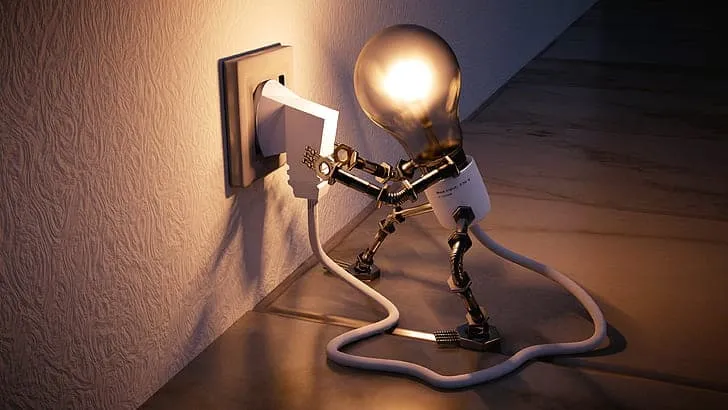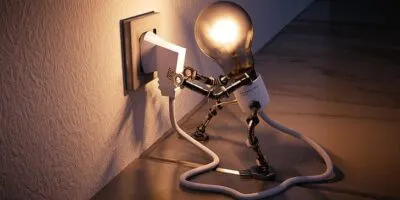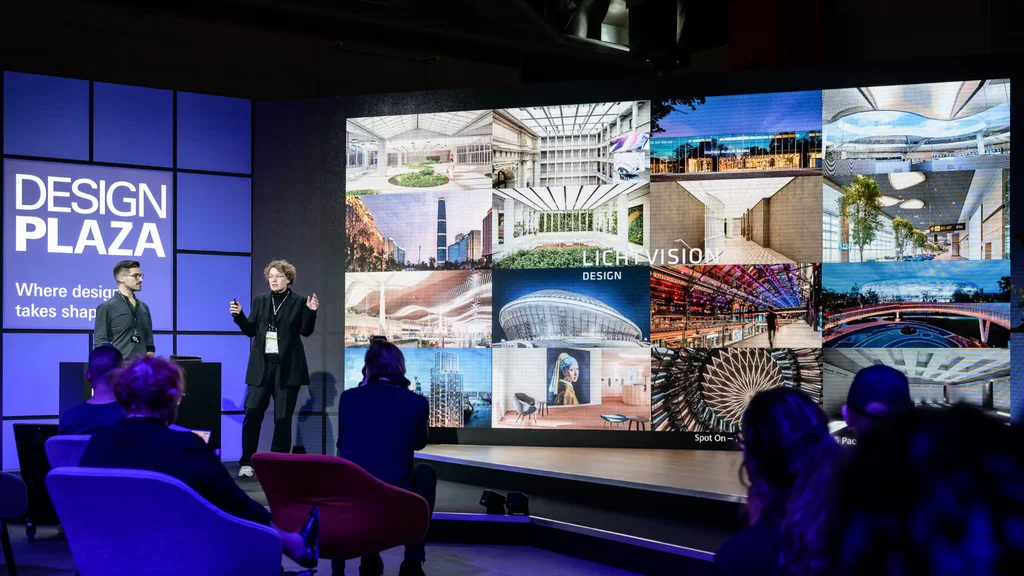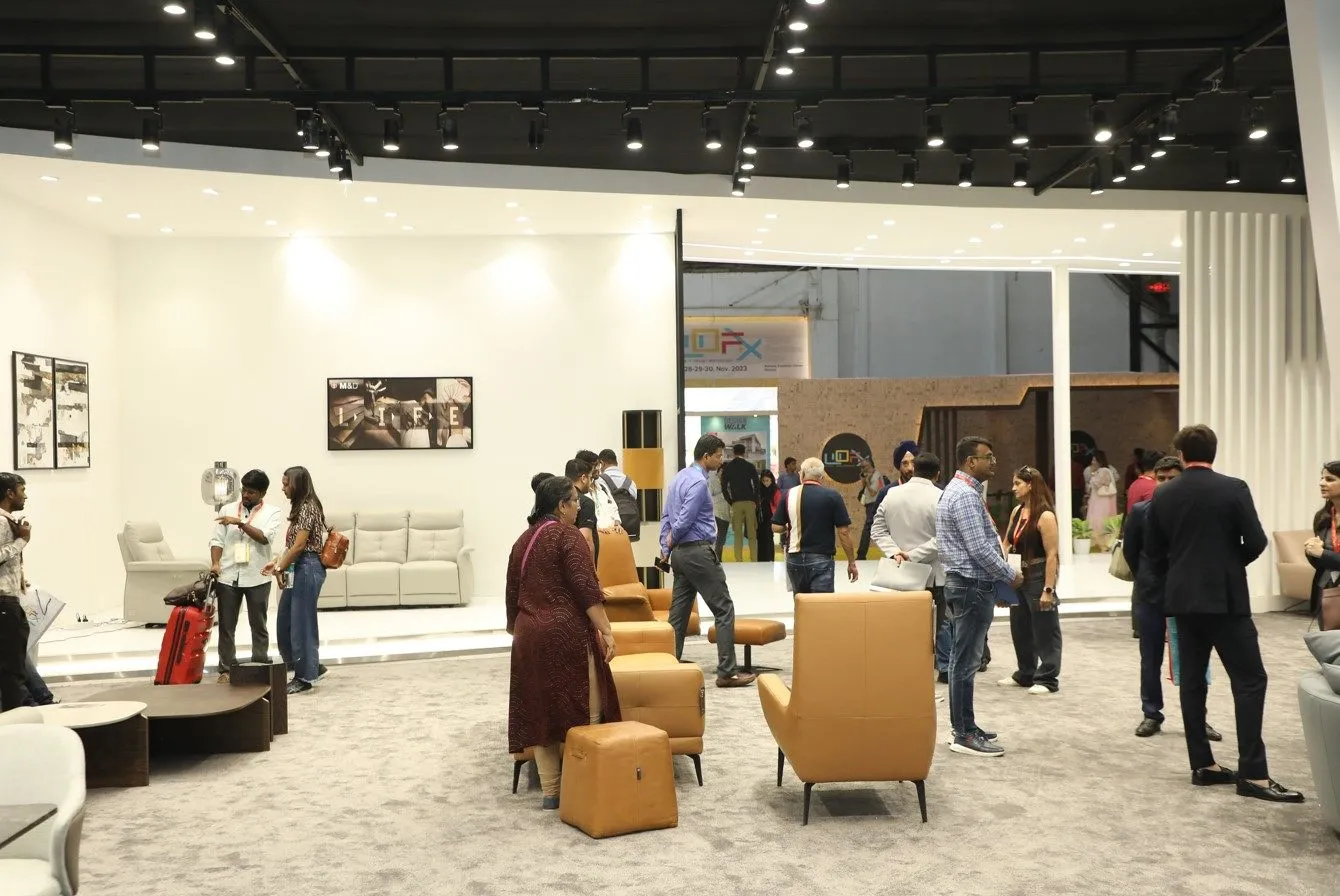With the changing dynamics in home renovation, a shift towards sustainability, and interior design techniques, smart lighting has emerged to be an essential component. It is seen as the first step toward the evolution and automation of the smart home. Smart lighting solutions for homes include LED bulbs, decorative luminaires, etc. by brands such as Philips, Signify, Osram, Jaquar, Syska, and more.
Designed originally for energy efficiency, smart technology has considerably enhanced the convenience and security aspects for the user. Through effective fixtures and automated controls via mobile applications and platforms, smart lighting for homes allows sufficient preferential adjustments for essential lighting, deliberate application, and security illumination.
These decorative lights are fashioned to serve multiple purposes. They are decorative lights, lighting backgrounds, home decor elements, workstation lighting, and many more.
Contents
What is smart lighting?
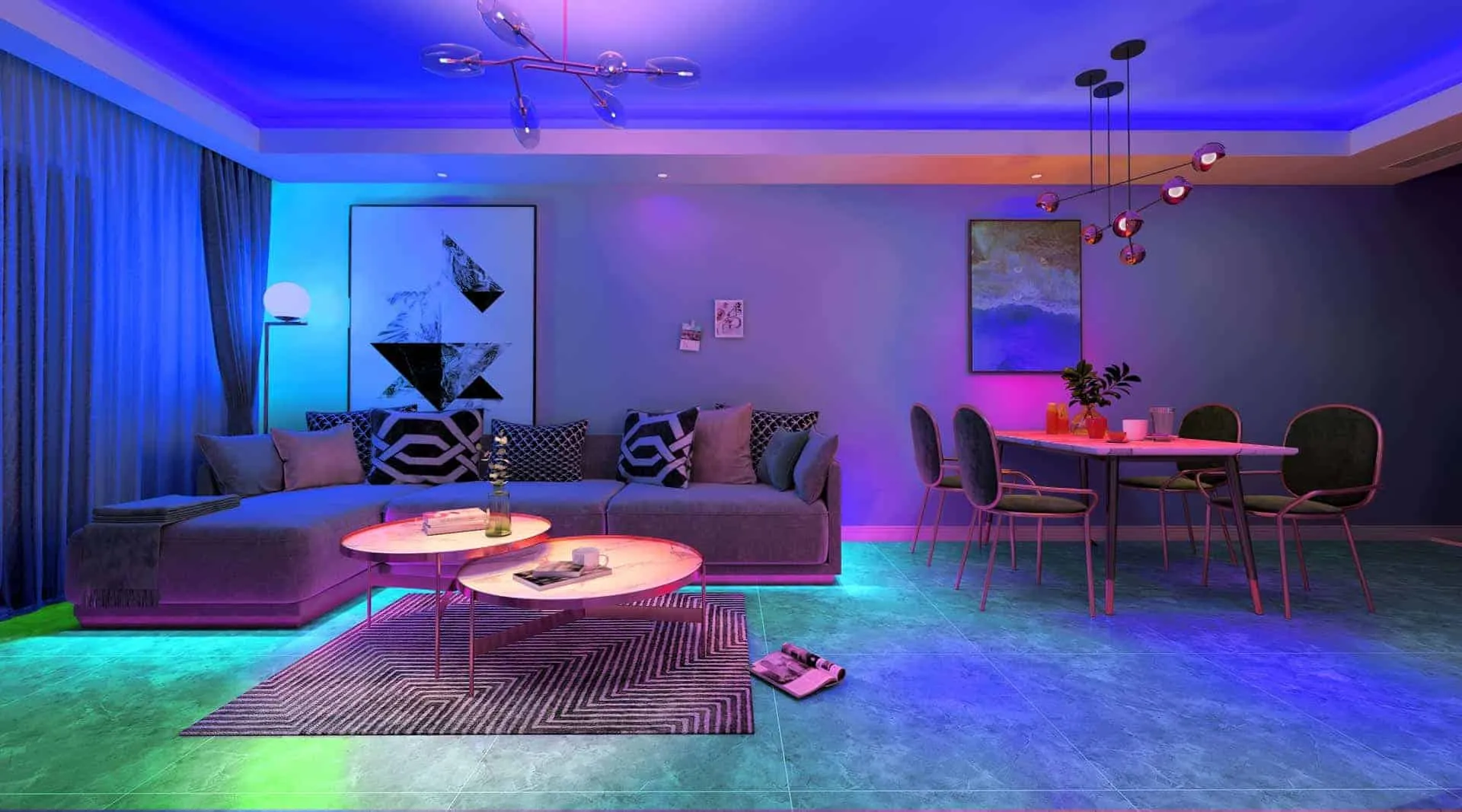
Image Source: Tuya Smart
Smart lighting allows you to effortlessly and efficiently manage the lights in your house. Also, smart bulbs simply connect to existing sockets in your home, and you can control the lighting with your phone. It’s never been simpler to establish the mood in your house or tailor the lighting to your hobbies. Smart lighting can be controlled with an app, your voice, or smart controls. Don’t worry, your old switches are still functional. So, it’s much more than just a sophisticated way to regulate your home’s lighting. Also, smart lights actually aid in the simplification and enhancement of one’s quality of life.
| Also see: LED lighting : A comprehensive guide for professionals! (shop online) |
What are the benefits of smart lighting for homes?
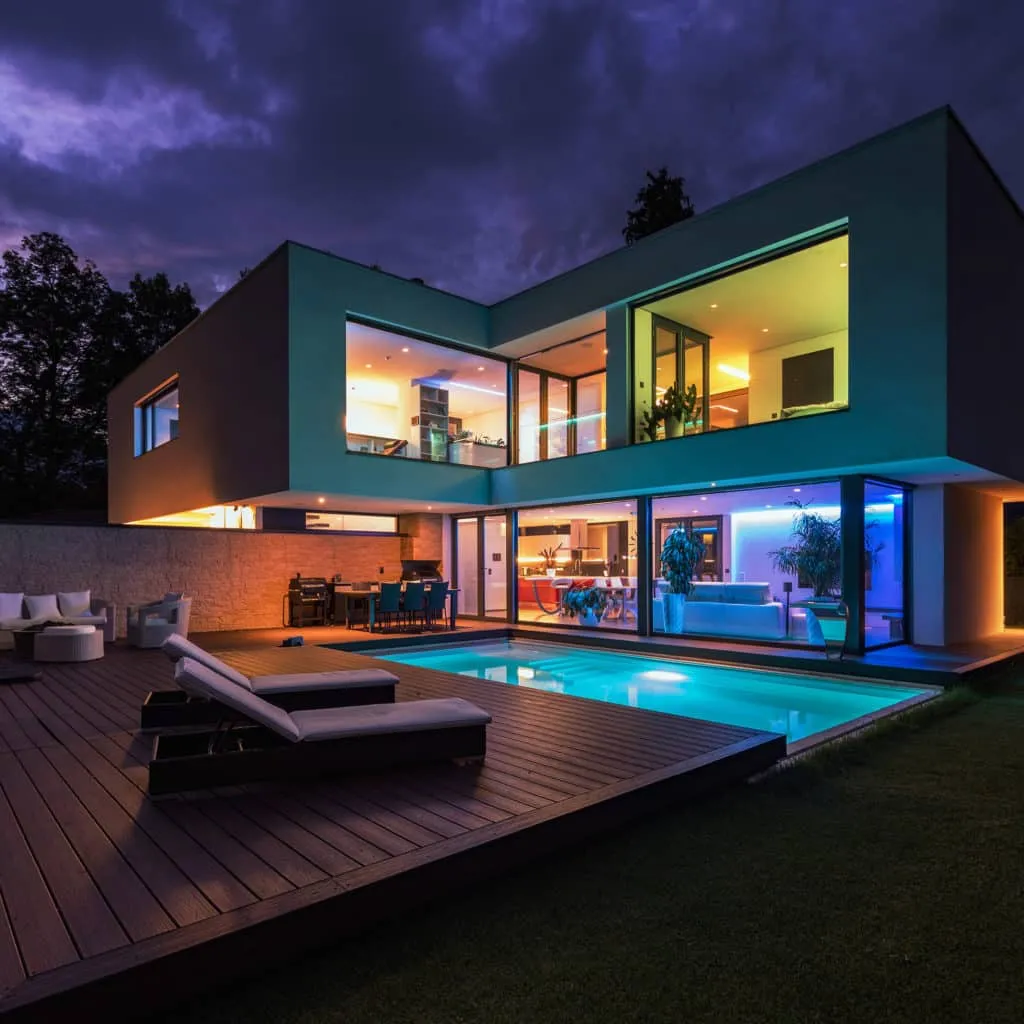
Image Source: Atomi Smart
Minimized energy consumption with smart lighting
The smart lighting system can effectively control cooling, heating, electrical appliances alongside lighting. Also, the automated control features and advantage to control from a remote distance allow maximum energy saving. This system also reduces electricity consumption thanks to its daylight sensing, occupancy sensing features.
| Also see: Buy wall lights online for every room at best price in India |
Increased convenience with smart lighting
Smart lighting for homes increases the convenience factor of living in the space significantly. It intensifies comfort and easy usability across different areas. The sensors, once again, contribute to this benefit by anticipating the lighting needs of the occupants across different parts of the house.
Enhanced security with smart lighting
A smart system enables security illuminations and triggers floodlights at the breach point. It also allows automatic adjustments of lights in the house during holidays and vacations that create an illusion of presence.
It thus enhances the security of the house to a great level and minimizes the possibility of a breach through controlled access points.
| Also see: 24+ Room lighting ideas: Unveiling expert tips you didn’t know (Buy it) |
Change moods with smart lighting systems
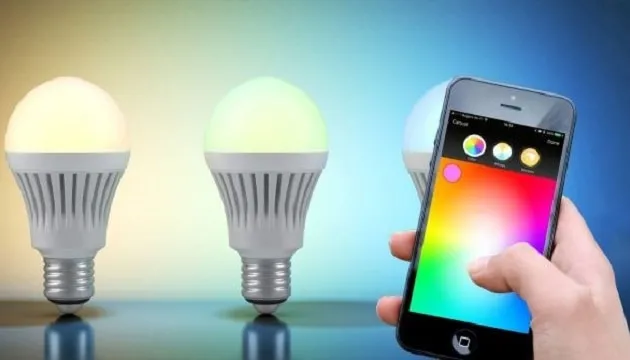
Image Source: ELE Times
Smart lighting at home can also effectively change the lighting moods of space as per control preferences. It allows us to characterize certain routine settings for a specific space and for a specific time.
It enhances the performance and beauty of decorative lights, lighting background, and home decor lights.
Is there any need for Smart lighting?
Over the last few months, the ongoing pandemic situation has led millions of workers to accommodate their work in their homes. Work from home structure has emerged as somewhat of a new normal feature for millions of workers worldwide. With this development, the home has turned into a place of work alongside a place to relax.
With the increasing demands for a single space that meets the atmosphere and requirements of both working stations and living places, the necessity of smart lighting for the home has gained new ground. This technology of smart lighting for the home actively minimizes energy consumption to a significant level, benefiting work from home workers to stabilize their electricity usage.
It also adds convenience allowing the utility of lights only when absolutely necessary, while keeping track of the daylight control system. This lighting system is home helps to efficiently create an environment that suits both the moods of the workspace and relaxing space whenever required.
What are the components of a smart lighting system?
Smart LED bulbs
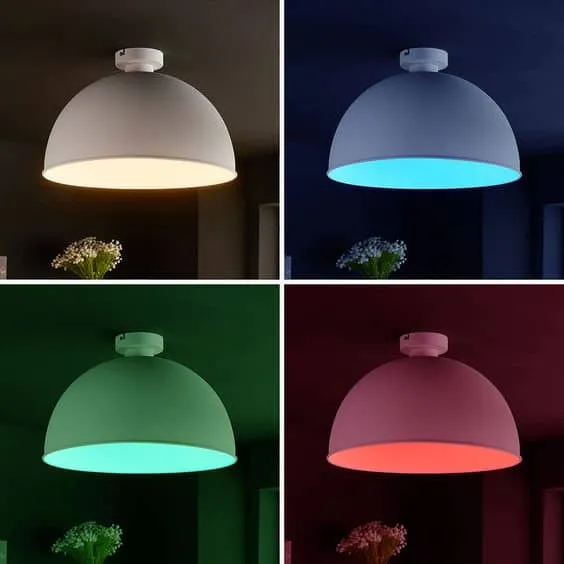
Image Source: lights co uk
The first and foremost component of smart lighting for home is smart LED bulbs. These smart LED bulbs draw less power than the traditional light bulbs and considerably contribute to the reduced energy consumption under the smart home automation system. Smart LED bulbs also come with adequate options of normal and color-changing varieties, that provide a good alternative to mood-setting through the lighting of a given space.
Software integration with smart lighting systems
Smart light systems remain integrated with mobile applications and other platforms. It generally uses a mesh network to connect across multiple networked devices, allowing access to the control system from the fingertips. Many systems consist of flexible options of both automated and home controls.
Most of these systems are designed in such a way that they can be coordinated with other platforms. For instance, a single system can remain integrated with Apple’s Homekit, Amazon’s Echo, and Google Home, simplifying control through voice commands via Siri, Alexa, and more.
Smart lighting sensor systems
Smart light systems utilize sensors to enhance the performance and convenience of the entire system. A complete sensor system further uses a motion detector, occupancy sensor, daylight sensor, and similar features to properly work out the smart light system of a home. These sensors play a critical part in the overall control of the system, as each of these ensures a specific characteristic area.
For example, motion sensors sense motion and determine the requirement of lighting, which helps in security illuminations.
The occupancy sensor more or less performs in the same way and validates lighting control per various conditions pertaining to other lights connected in the same network. On the other hand, daylight sensing technology ensures minimum usage of electricity in the presence of natural light, during the daytime.
The sensors thus contribute to the added security features of the home as well as energy efficiency and bill reduction through smart home lighting and automation systems.
How to plan a smart lighting system for home?
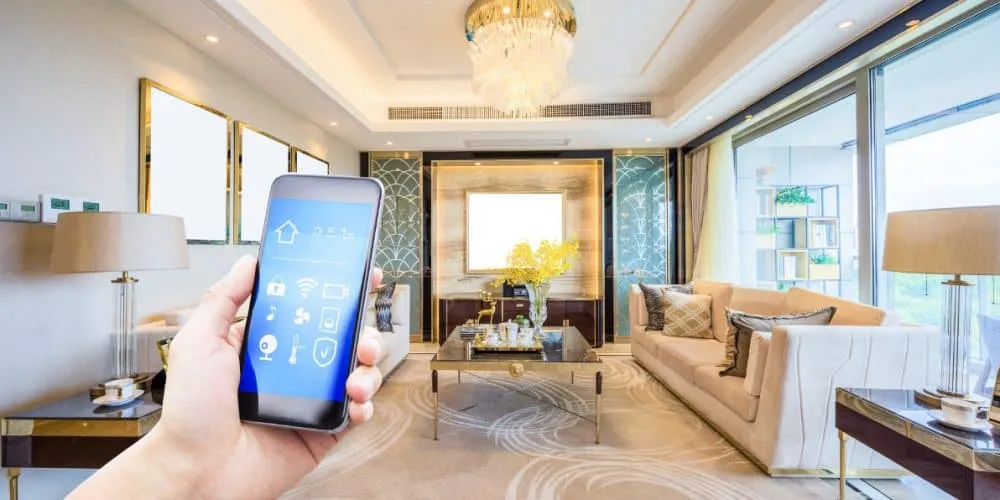
Image Source: Electronic House
Working on a plan
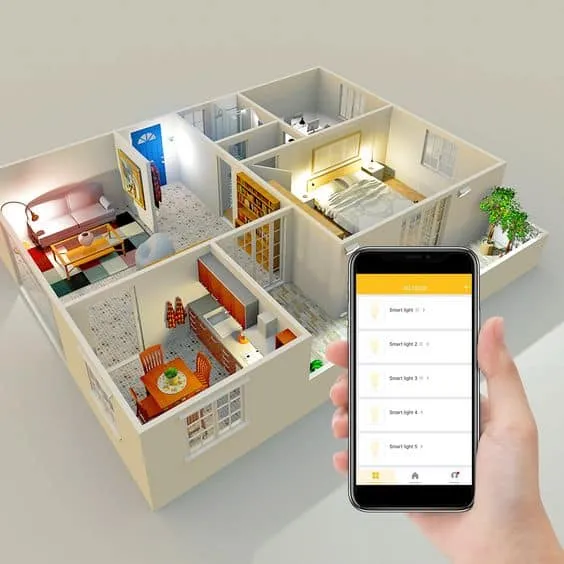
Image Source: Amazon
This is the most obvious and one of the most crucial parts before incorporating the lighting system at home. Thorough planning of the structure based on essential requirements and demands, along with weighing the advantages and disadvantages of each technology and platform in the market must precede the transformation. All the elements should maintain perfect sync to provide the safety and comfort of a home.
Choosing an expert dealer
Planning a smart system for a home means integration of and investment in the best technologies. Hence, choosing a dealer for all the necessary components of these lighting systems is absolutely necessary.
The dealer must have adequate expertise in the technical field of smart solutions and experience in the installation of home automation systems.
Choosing the best network security
Since the core of smart lighting systems is access and control through online networks, security breaches and infringement can pose a huge threat to the overall structure. Hence, choosing professionally efficient network protection is another important factor to keep in mind while planning the system.
Considering future developments in smart lighting systems
It is important to keep the future in mind while planning the smart home lighting and automation system. Track with multiple access and control options designed as per the family requirements.
It is an essential factor for better convenience. Planning ahead for the future before actually integrating the whole system will enable more prospects and open options that can be utilized at their utmost potential, whenever necessary. Planning the entire thing ahead will also save a significant amount of additional expenditure on future re-modelings.
What are the top smart light system brands?
Various brands have made the entire system of smart lighting for homes more effective and efficient. These brands offer adequate options to choose from various types of features. They offer smart light solutions that can be accommodated as home decor lights and in lighting backgrounds, adding extra attractiveness to decorative lights. Some of the top runners in the industry include Anchor By Panasonic, Signify, Philips Hue, Jaquar Lighting, Osram, Syska, and others.
Anchor By Panasonic
Anchor by Panasonic offers a wide variety of options to choose from. It presents a varied selection of all types of LED lights, sensor products, switches, and security products that can be integrated with the smart lighting system. Home automation products like THEA and ROMA Smart Digital can be integrated.
Signify smart lighting
Signify, earlier Philips Lighting, is one of the topmost companies within the industry to supply smart LED lighting products. Also, it is integrated with Philips and Philips Hue, Interact Modular Lighting Instruments, and Color Kinetics. Signify offers complete solutions to smart systems and automated smart home systems. It has a wide variety of products pertaining to each of the related brands and coordination like the smart home innovation system of Philips Hue.
Philips Hue (Philips smart lighting)
Philips Hue of Philips provides all components of Philips smart lighting systems for home including various types of LED smart light bulbs, switches, modules, and more. Also, the Philips smart lighting system by Hue is integrally related to the innovative Philips smart home technology and allows complete integration with home automation.
Jaquar Lights
Jaquar Lights offers a wide range of products. They provide different varieties of smart solutions that cater to almost every need and requirement of a household. Also, the light products in the smart product range include Kriza, Vivid, Strella Smart, Pride Smart among others.
These lighting systems in homes can change the home atmosphere to a completely different level while prioritizing comfort and security at the same time. Implementing smart solutions in the house can be the first yet effective step towards embracing home automation.
Osram smart lighting systems
Osram is a dedicated brand in the lighting industry, and also among the topmost names. It offers all the components of a complete smart light system including-
- LED light bulbs
- Sensors
- Emitters
- LED light engines
- Modules
- Light management systems
Syska
Syska offers LED light bulbs in all color preferences, along with WiFi-enabled plugs. Also, their products are specifically designed for the smooth integration of WiFi networks for proper lighting components. Moreover, Syska includes products like 3-in-1 LED bulbs that can be controlled through Alexa and Google Assistant.
Conclusion
With these lights, one gets several benefits such as reduced electricity bills, energy efficiency, and environmental protection. Also, the unique features such as motion sensing, software integration with smart devices, and smart LED bulbs make them even more efficient.
But, there are a lot of factors that must be considered before choosing your smart solutions for home. Also, these include choosing the right network security, selecting upgradable lighting solutions, and going for the best brands.
Several brands offer smart solutions for home. But, you need to choose them carefully considering the demands and limitations of your project.
This article will definitely let you go away with all the doubts related to smart lighting.

